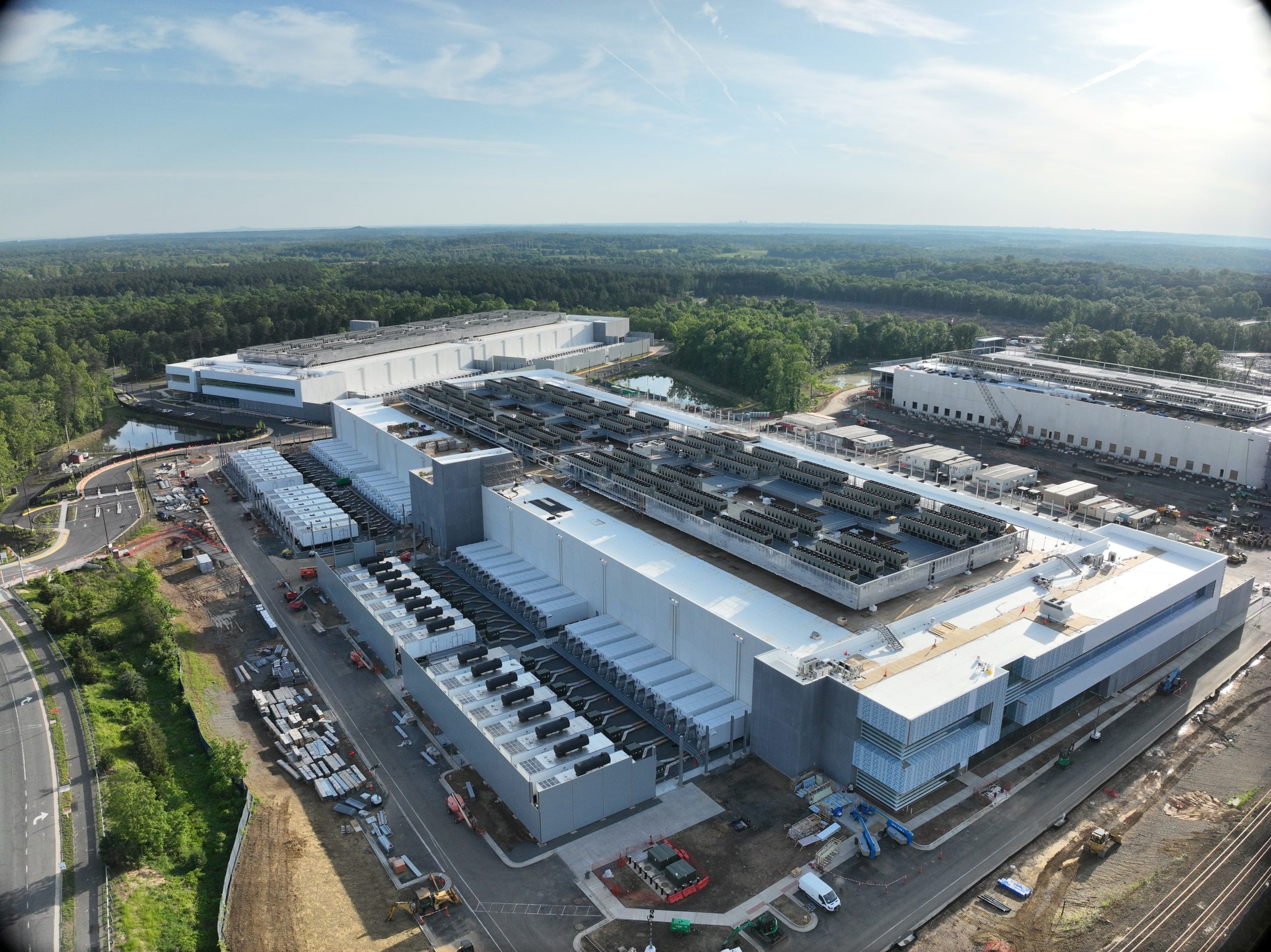Executive Summary
Favorable lending conditions for non-bank commercial real estate (“CRE”) lenders have emerged from a confluence of cyclical and structural tailwinds:
- A Stringent regulatory actions coming out of the Global Financial Crisis (“GFC”), including Dodd-Frank, Basel III, and asset management challenges from legacy investments created obstacles for traditional sources of CRE debt capital.
- A volatile economic cycle caused by a global pandemic, geopolitical unrest, and aggressive government spending the last few years led to inflation, causing the Federal Reserve to raise short-term interest rates at the fastest pace in 40 years. This backdrop created uncertain valuations and a wide bid-ask spread between sellers and buyers, causing CRE transaction volumes to plummet. The resulting market uncertainty has further reduced debt capital availability.
- Increased borrowing costs are creating pressure throughout the capital stack, particularly for floating-rate loans and loans with near-term maturities. At the same time, lower transaction activity has slowed the volume of loan payoffs and restricted the lending capacity for banks in particular, the largest holders of shorter-duration, floating rate CRE loans.
- Private debt providers, including those representing the more conservative non-bank lenders (i.e., life insurance companies) are poised to further capitalize on the current market dislocation. This confluence of factors is creating one of the best lending environments since the post-GFC era, which generated some of the highest risk-adjusted returns in real estate.
This confluence of factors is creating one of the best lending environments since the post-GFC era, which generated some of the highest risk-adjusted returns in real estate.








